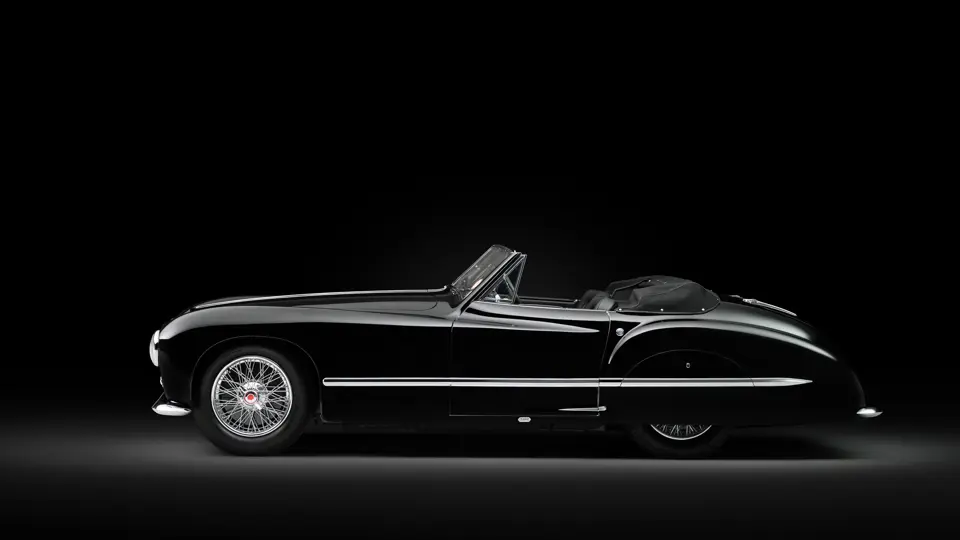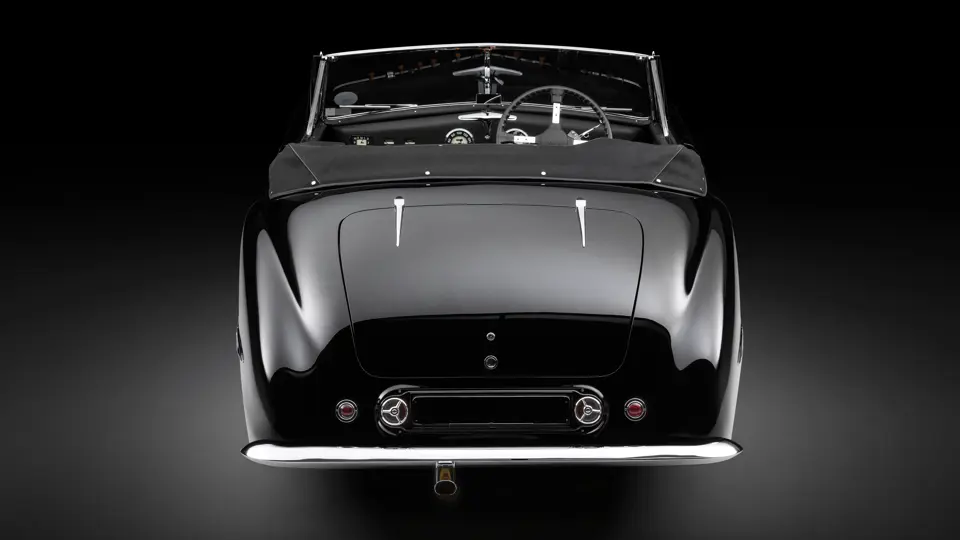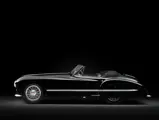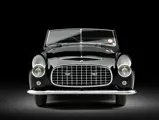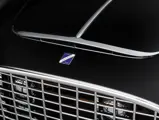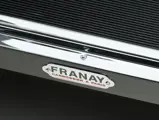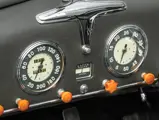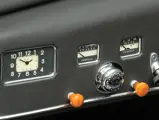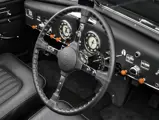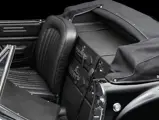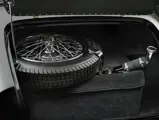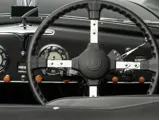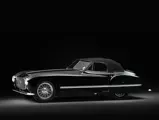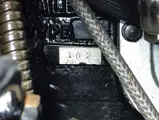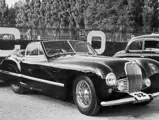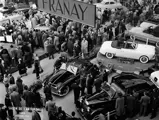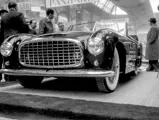
1948 Talbot-Lago T26 Grand Sport Cabriolet by Franay
{{lr.item.text}}
€1,120,000 EUR | Sold
{{bidding.lot.reserveStatusFormatted}}
- Unique salon and concours history in period
- Original one-off convertible coachwork by Franay
- Extremely rare and desirable SWB GP-derived chassis
- Verified by Talbot-Lago and Saoutchik authority Peter M. Larsen
- Exceptional concours-quality restoration
- Una storia unica, fatta di Saloni e Concorsi
- Esemplare unico di vettura aperta, con carrozzeria di Franay
- Telaio a passo corto, derivato da quello GP, estremamente raro e ricercato
- Verificato dall'autorità riconosciuta per le Talbot-Lago e le Saoutchik, Peter M. Larsen
- Eccezionale restauro, presentata in condizioni da concorso
The short-wheelbase, 2,650-millimetre, GP-derived Grand Sport chassis, with independent front suspension by transverse leaf, was developed by Anthony Lago during World War II. It was the direct descendant of the legendary pre-war T150-C SS model and virtually identical, except for considerably more power derived from its new twin-cam 4.5-litre T26 engine. The result was the T26 Grand Sport, an automobile destined for the serious sportsman and chic Parisian society in equal measure. It was a grand gesture and the final flowering in France of the great tradition of the truly custom motor car. The chassis was built to carry coachwork that was the latest in grand style and luxury.
The concept was outrageously exclusive and something for the very few – not just because of its price, which was stratospheric, or its limited practicality, which was irrelevant. This was a car that was chic, ritzy, aristocratic, and sharp as a knife all at once. The Grand Sport remained very rare. A maximum of 29 were built on the short wheelbase; 26 cars exist today, all with individually coachbuilt bodies.
Chassis 110121 was first shown at the Paris Salon in October 1949, where it won the 1er Grand Prix. A fascinating picture taken at the Salon shows Marlene Dietrich descending elegantly from the car, the crowd surrounding it completely mesmerized – a very rare instance of the occupant upstaging a Grand Sport! The cabriolet was first white and also carried its first grille treatment at the show. The very luxurious interior and fitted luggage, both by Hermés, was bright red leather with white piping. In June 1950, it was shown at the Concours d’Enghien, where it won the 1er Grand Prix d’Honneur.
In the winter of 1950, 110121 was back with Franay, where it was repainted black and given a new grille to a simpler design. The car was shown on the Talbot stand at the Brussels Auto Show in January of 1951, and again in the Concours de la Grande Cascade in the Bois de Boulogne that summer. After two years of show and concours duties, chassis 110121 was sold by Franay to its first owner, a man who manufactured hard candies, but whose name is unknown. The car was brought back to Franay a year later, and it was decided to update the grille in the style of the Ferrari 212 Inter, chassis 0177 E, the first Ferrari bodied by Pininfarina that had been built for George Filipinetti. That car had been shown at the Paris Salon in October 1951, and it is highly likely that Marius Franay simply saw the car there and felt inspired. The stands were a few feet apart.
Immediately after its completion, 110121 was shown again at the June 1952 Concours d’Enghien, fittingly enhanced by a gorgeous Dior model wearing his latest New Look creation. The car’s final appearance in period was on the Franay stand at the 1953 Paris Salon, where it sold to a butcher from Versailles. In the spring of 1960, the Grand Sport was bought for $800 from a certain M. Barone, who ran a Talbot garage, by Jim Bandy, an American military officer stationed in France. In 1963, Bandy brought the car with him to Baltimore, Maryland. A few years later, he sold it to Tom Owens of Grafton, West Virginia, who also owned a Grand Sport Saoutchik coupé, chassis 110101. Owens performed an engine swap on the two cars, taking the engine from 110121, putting it in 110101, and vice versa. The latter car survives in the Mullin Automotive Museum.
Sometime in the 1970s, 110121 was acquired from Owens by the well-known Milwaukee collector David Uihlein, who kept the car for a number of years. In 1992, 110121 was advertised for sale in Hemmings Motor News. By then, the car was partially dismantled. It was bought by the highly regarded Austrian restorer Egon Zweimüller. Some years later, Zweimüller embarked upon a decade-long mechanical and cosmetic restoration to the highest concours standards, including the original Hermés interior and luggage, which has been expertly restored. The work was completed in 2010.
Any Talbot-Lago T26 Grand Sport is a very rare and exciting sports car. In addition, chassis 110121 by Franay is a unique one-off cabriolet of great and tasteful beauty, as evidenced by its unparalleled period history at the Paris Salons and French concours. It is a compelling and unprecedented combination.
Il telaio Grand Sport a passo corto, da 2.650 millimetri,derivato da quello GP, con sospensioni anteriori indipendenti con balestra trasversale, è stato sviluppato da Anthony Lago durante la seconda guerra mondiale. Era il discendente diretto del leggendario modello anteguerra T150-C SS e, praticamente identico tranne che per il notevole incremento di potenza derivante dal nuovo motore T26 bialbero da 4,5 litri. Il risultato è stata la T26 Grand Sport, un'automobile destinata in egual misura allo sportivo puro ed alla raffinata società parigina. E' stato un grande mezzo ed il canto del cigno della grande tradizione dell’automobile Francese totalmente personalizzata. Il telaio era pensato per ospitare carrozzerie all’ultimo grido in termini di stile e lusso.
Il concetto era di un auto scandalosamente esclusiva, riservata a pochissimi - non solo a causa del suo prezzo, che era stratosferico, o la sua limitata praticità, che era un dettaglio irrilevante. Questa è stata una macchina elegante, lussuosa, aristocratica e furba tutto in una volta. La Grand Sport è rimasta molto rara; sul telaio a passo corto ne sono state costruite al massimo 29 unità e 26 sono quelle sopravvissute sino ad oggi, tutte con carrozzerie uniche.
La vettura con telaio numero 110121 è stato esposta al Salone di Parigi dell'Ottobre del 1949, dove ha vinto il 1°Grand Prix. Un’affascinante fotografia scattata al Salone, mostra Marlene Dietrich che, elegantemente, scende dalla macchina mentre la folla la circonda, completamente ipnotizzata, in un raro caso in cui il passeggero fa ombra ad una Grand Sport! La carrozzeria cabriolet esposta al Salone è stata inizialmente verniciata di bianco e, inoltre, mostrava un primo tipo di calandra anteriore. Il lussuosissimo interno, così come il set valigie, entrambi realizzatii da Hermés, erano di pelle colore rosso accesso con piping bianco. Nel mese di Giugno del 1950, è stato presentata anche al Concours d'Enghien, dove ha vinto il 1° Grand Prix d'Honneur.
Nell'inverno del 1950, la macchina 110121 torna presso la carrozzeria Franay, dove viene riverniciata di colore nero e le viene montata una nuova calandra anteriore, dal disegno più semplice. La vettura viene quindi esposta allo stand della Talbot al Salone dell’Auto di Bruxelles del Gennaio del 1951, e, di nuovo, al Concours de la Grande Cascade presso il Bois de Boulogne che si tiene durante l'estate. Dopo due anni di esposizioni e di concorsi, la vettura 110121, viene venduta da Franay al suo primo proprietario, un uomo che ha un’azienda per la produzione di caramelle, ma di cui oggi non si conosce il nome. La vettura viene riportata da Franay un anno dopo, quando si decide di aggiornare la calandra anteriore nello stile della Ferrari 212 Inter, telaio 0177 E, la prima Ferrari carrozzata da Pininfarina, costruita per George Filipinetti. Quella macchina era stata esposta al Salone di Parigi del mese di Ottobre del 1951, ed è altamente probabile che Marius Franay l’abbia vista, i rispettivi stand erano a pochi metri di distanza, e che, semplicemente, se ne sia sentito ispirato.
Immediatamente dopo aver ricevuto questi ultimi aggiornamenti, la Talbot 110121 viene presentata ancora una volta al Concorso d'Enghien, nel Giugno del 1952, ulteriormente arricchita nella sua bellezza da una splendida modella di Dior che indossa l’ultima creazione dello stilista, nello stile New Look. L’ultima apparizione dell’epoca della vettura è nello stand della carrozzeria Franay al Salone di Parigi del 1953, dove viene venduta ad un macellaio di Versailles. Nella primavera del 1960 la Grand Sport, divenuta proprietà di un certo M. Barone, che gestiva un garage Talbot, viene acquistata, per $ 800, da Jim Bandy, un ufficiale americano di stanza in Francia. Nel 1963, Bandy porta la macchina con lui a Baltimora, nel Maryland. Pochi anni dopo la vende a Tom Owens di Grafton, West Virginia, che possedeva anche una coupé Grand Sport Saoutchik, telaio 110101. Owens scambia i motori delle due vetture, prendendo il motore della 110121 mettendolo nella 110101, e viceversa. Anche quest'ultima auto è sopravvissuta e oggi si trova nel Mullin Automotive Museum.
Negli anni ’70 la Talbot 110121 viene ceduta da Owens, venduta al noto collezionista di Milwaukee, David Uihlein che la terrà per un certo numero di anni. Nel 1992, 110121, ormai parzialmente smantellata, viene inserzionata nella rivista Hemmings Motor News e viene acquistata dal rinomato restauratore austriaco Egon Zweimüller. Alcuni anni più tardi, Zweimüller intraprende un restauro completo ad altissimo livello, che durerà circa 10 anni e terminerà nel 2010, sia della meccanica sia delle parti estetiche, riportando la vettura agli antichi splendori, completa dell’interno e dei bagagli originali di Hermés.
Qualsiasi Talbot-Lago T26 Grand Sport è una vettura sportiva estremamente rara ed emozionante. Il telaio 110121 allestito da Franay con una carrozzeria cabriolet dal disegno unico aggiunge, inoltre, una grande bellezza e tanto buon gusto, come dimostra la sua impareggiabile storia dell’epoca con la partecipane ai saloni dell’auto Parigini ed ai concorsi d’eleganza francesi. Si tratta di una combinazione vincente e senza uguali.
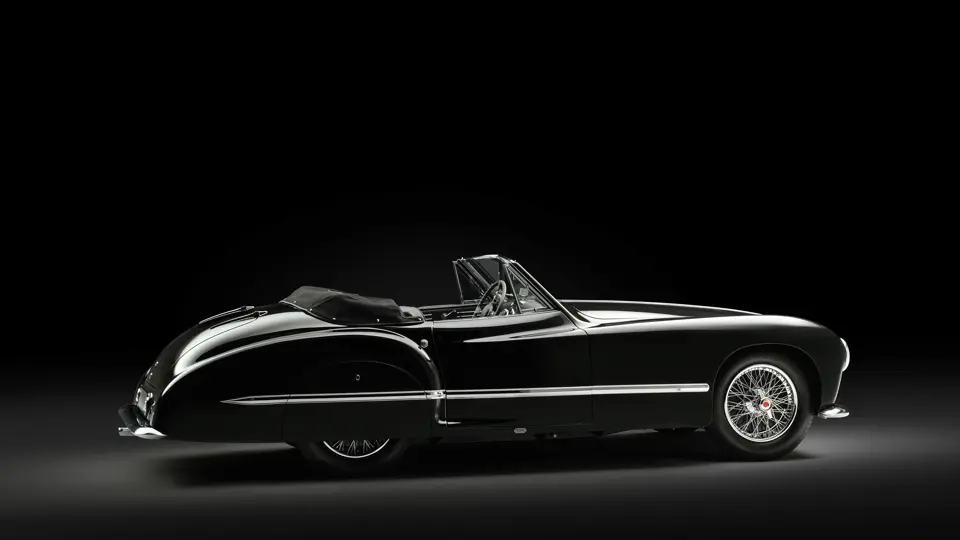
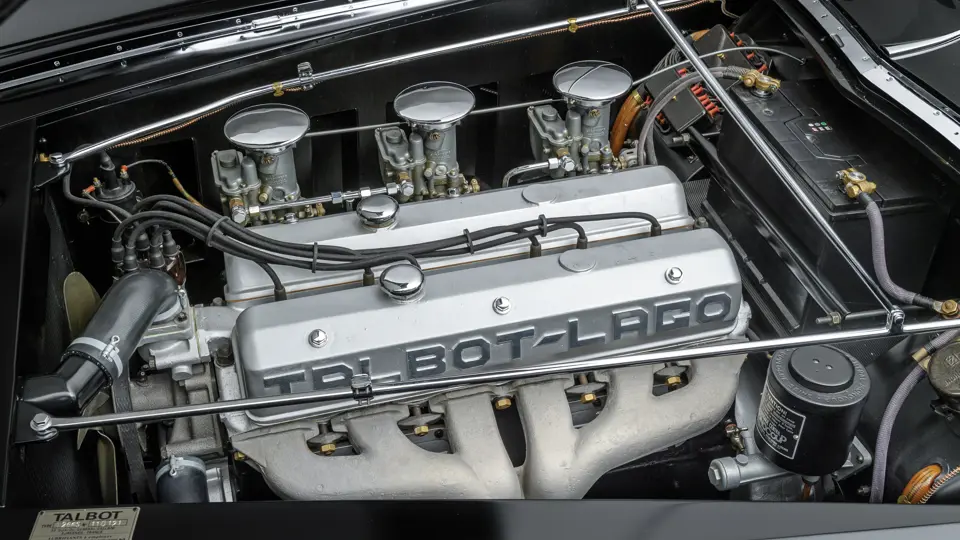


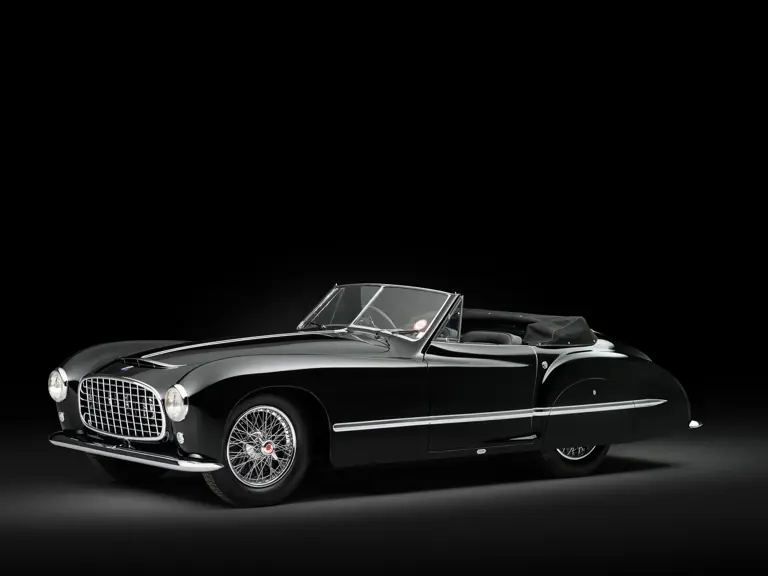
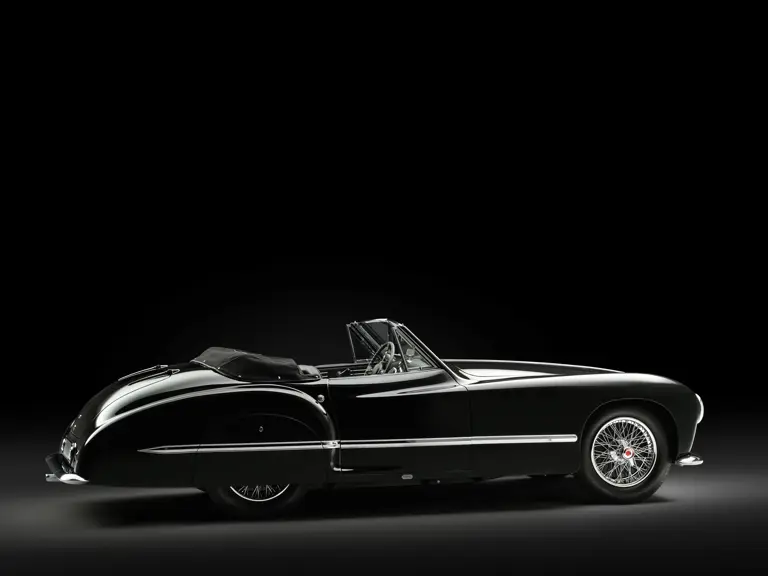
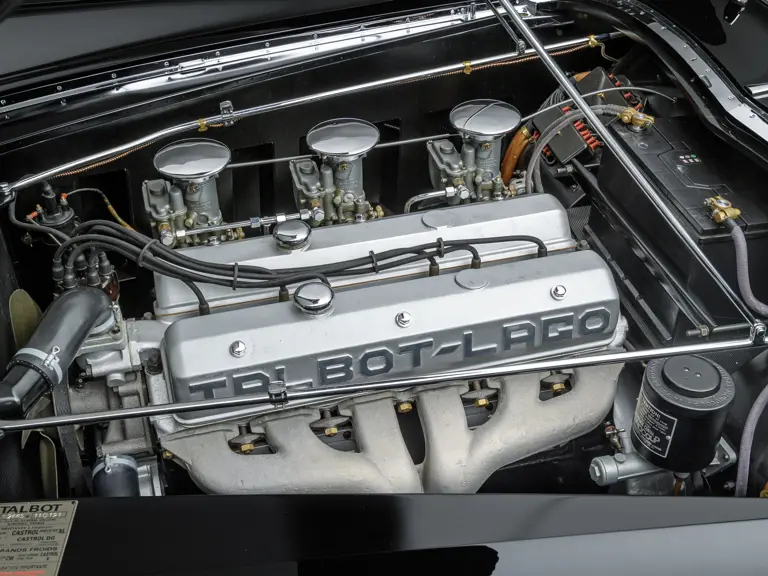
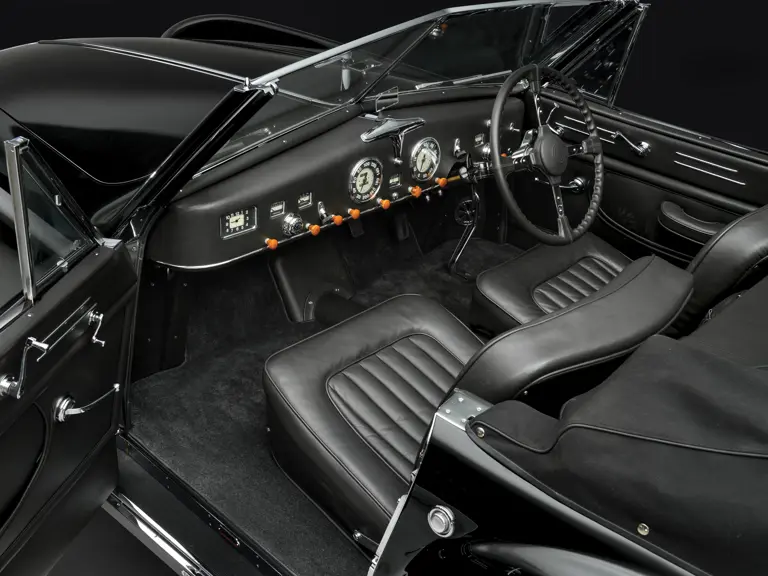
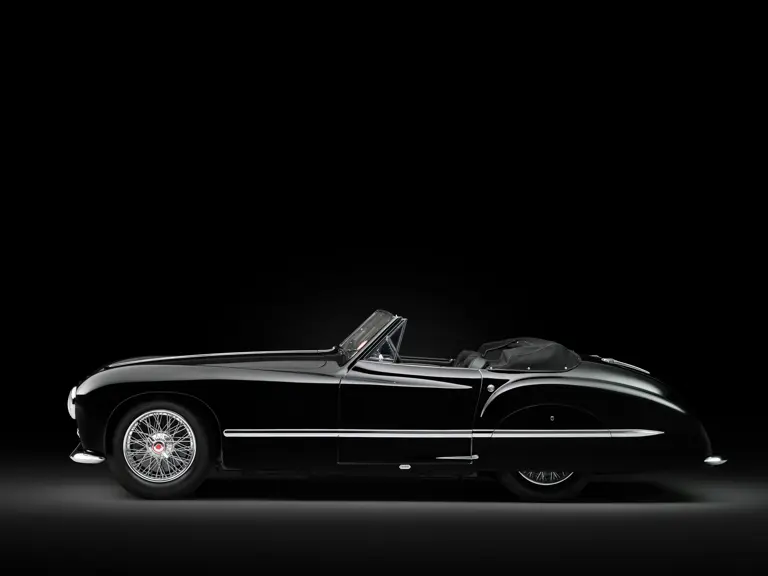
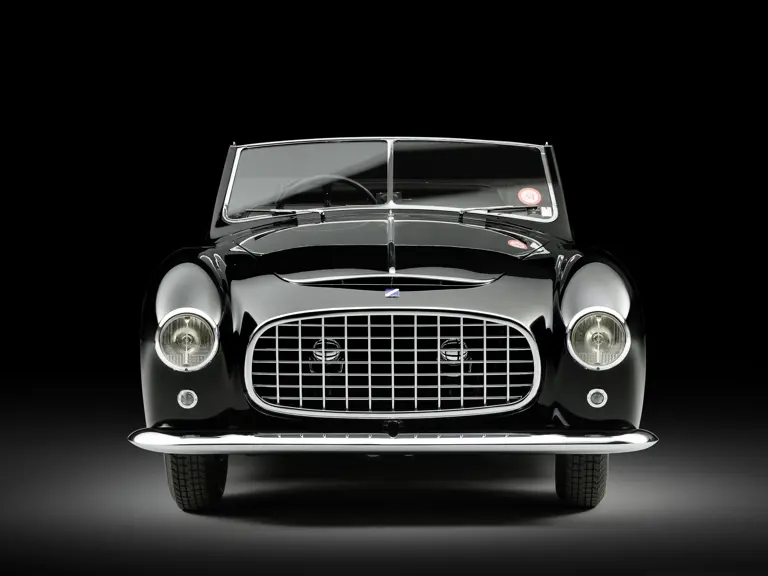
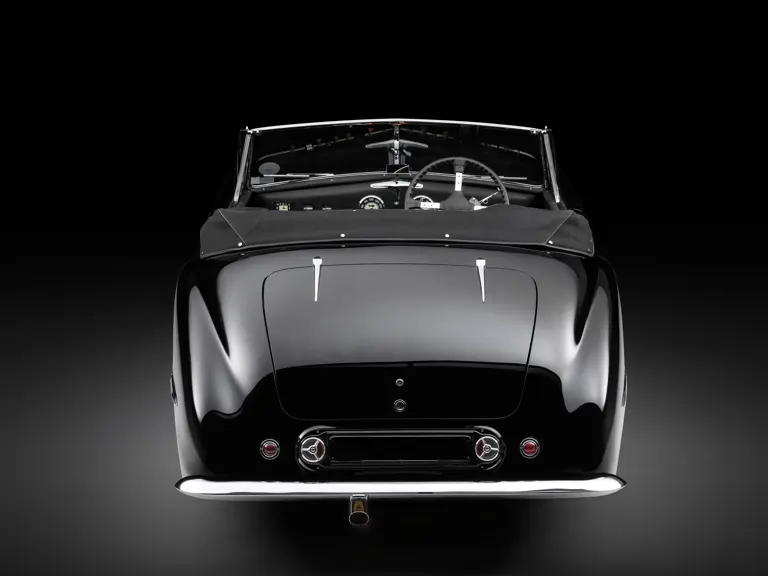
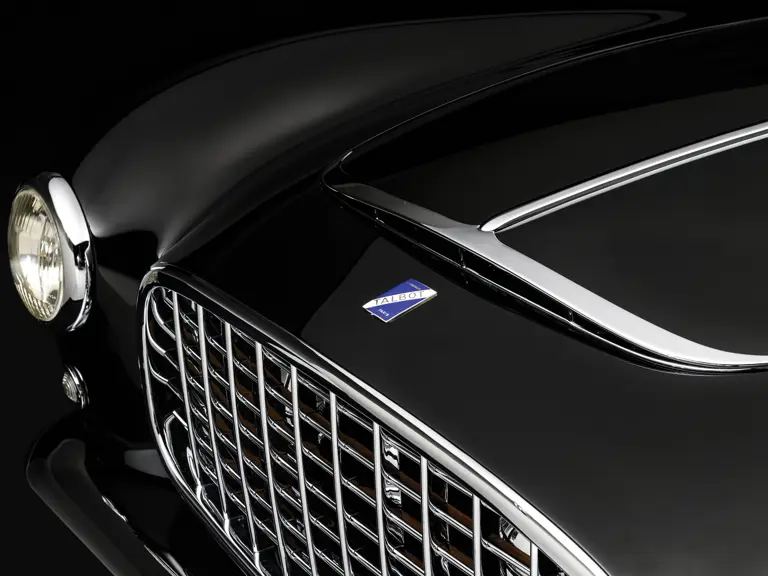
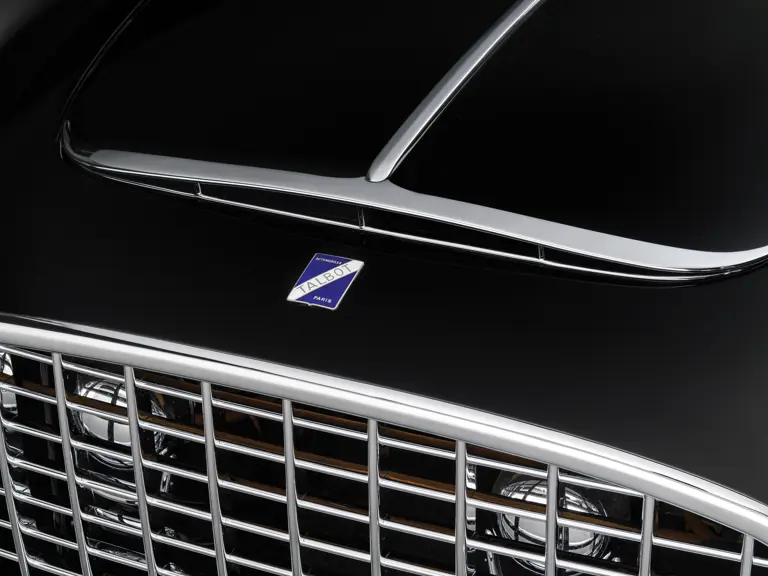

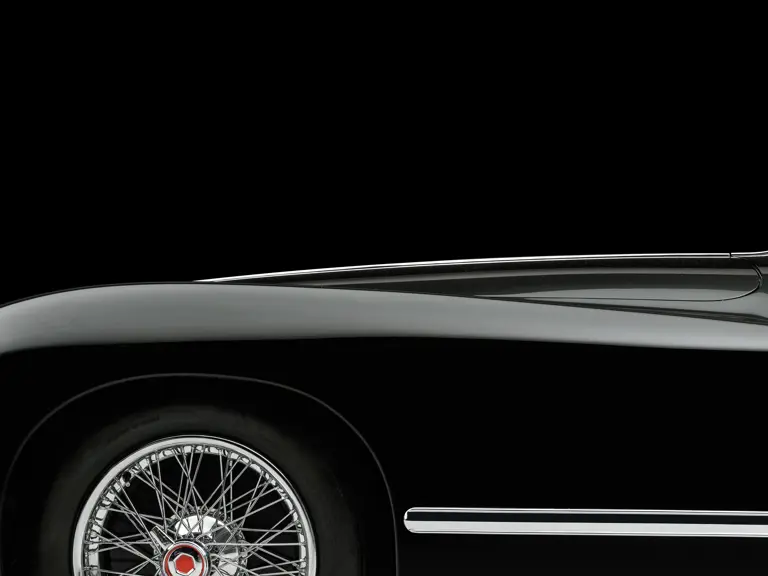
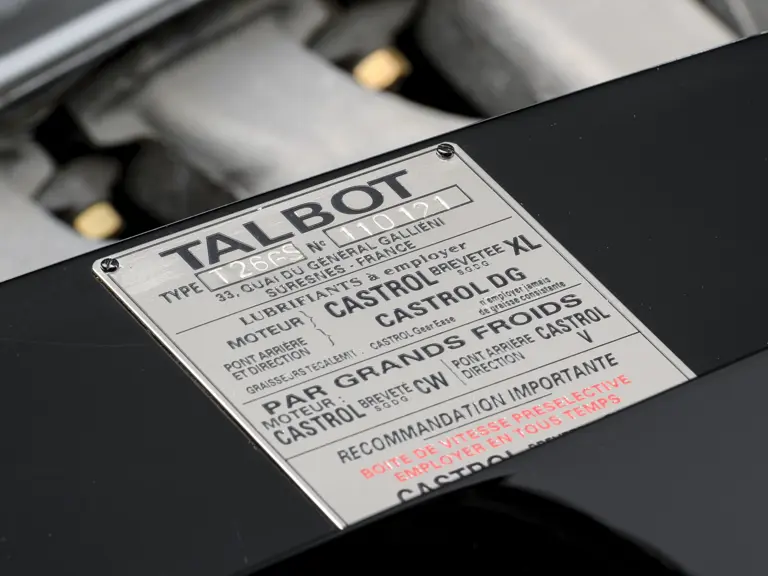
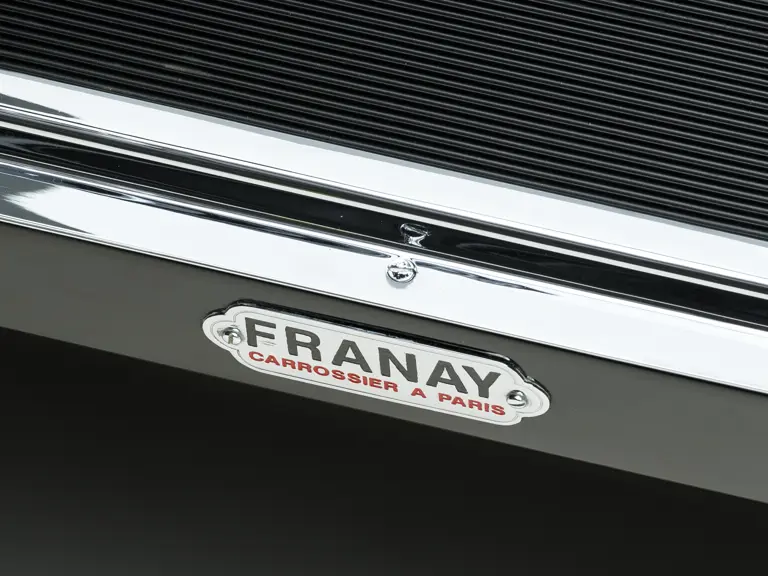
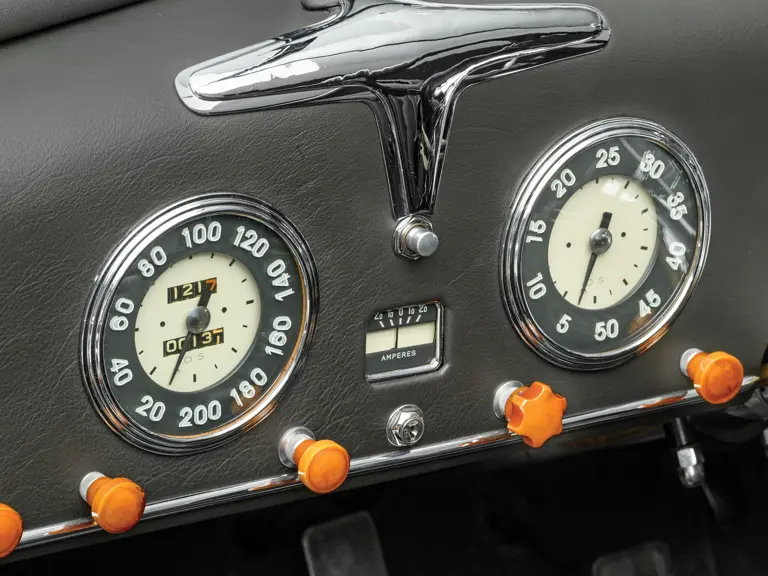
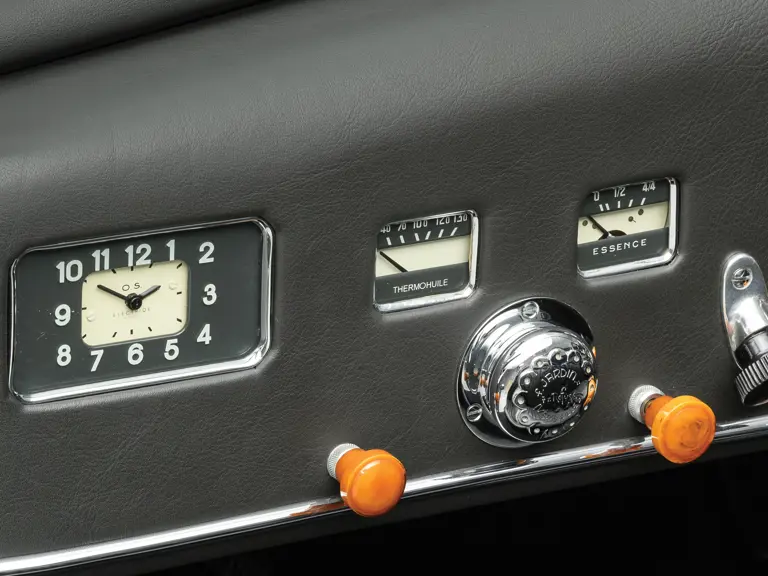
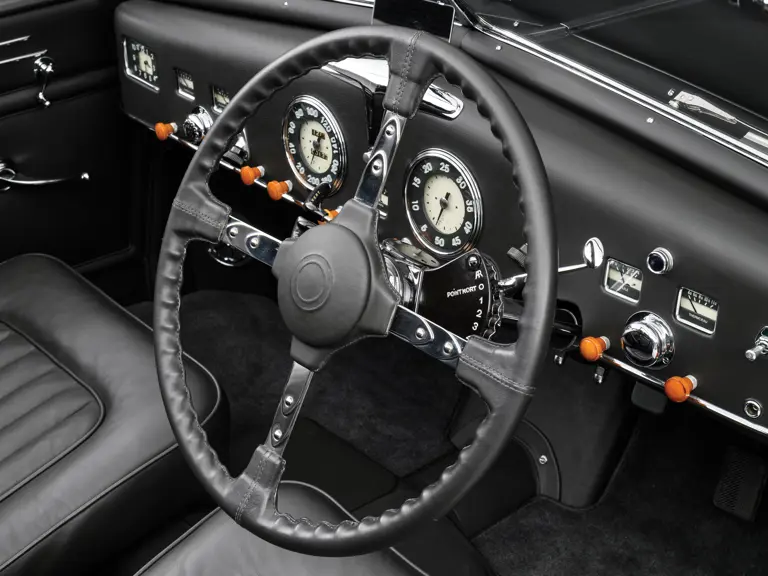
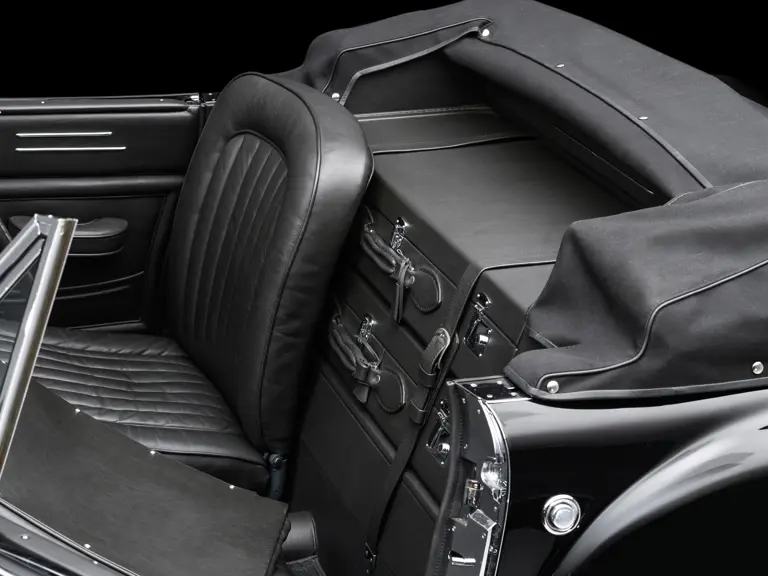
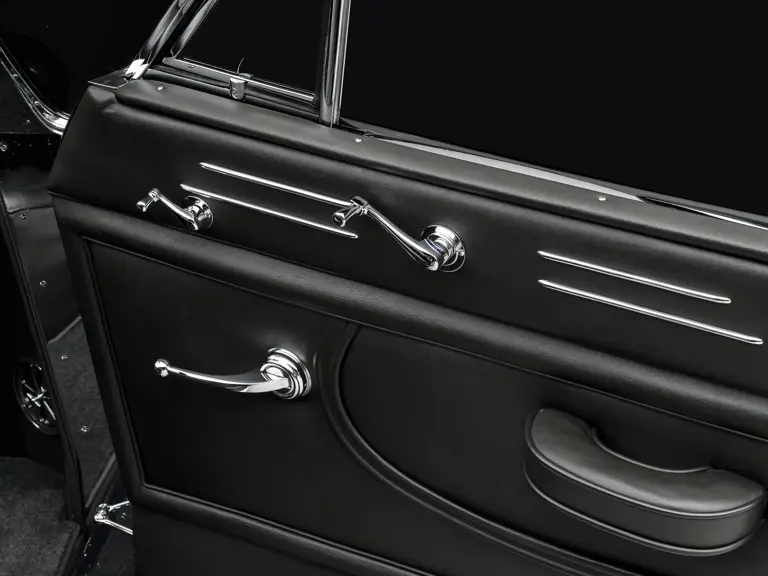
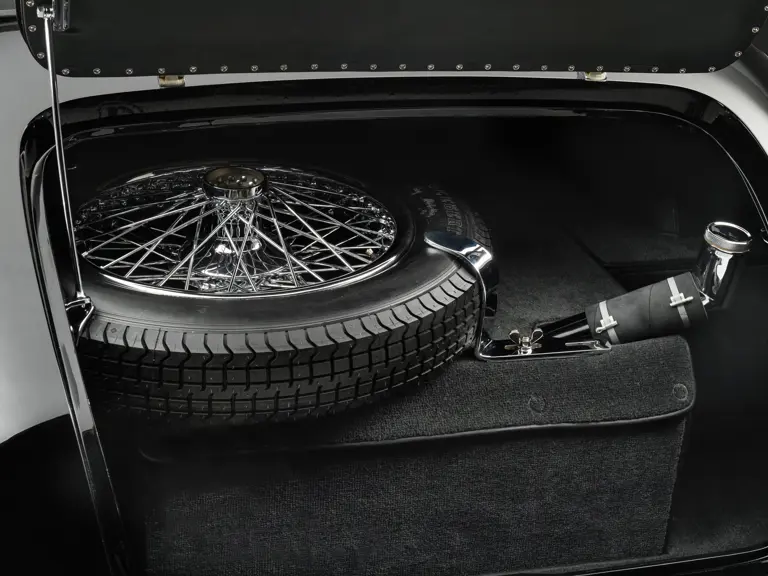
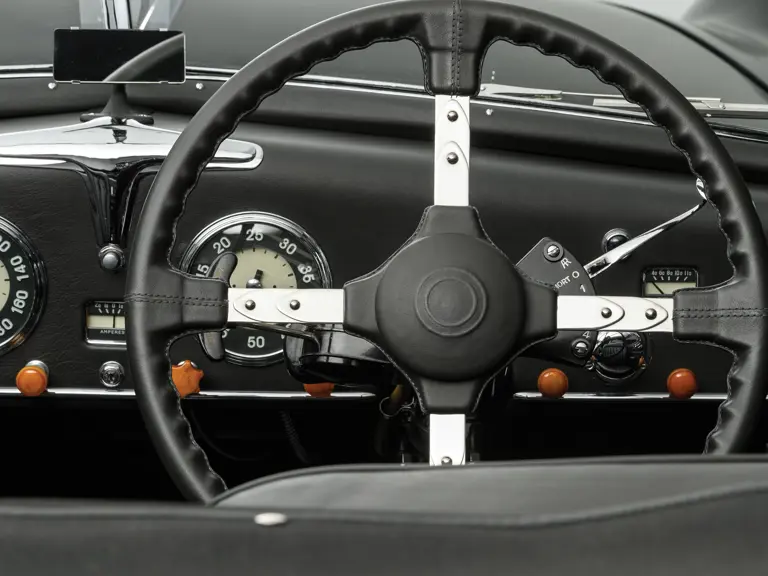
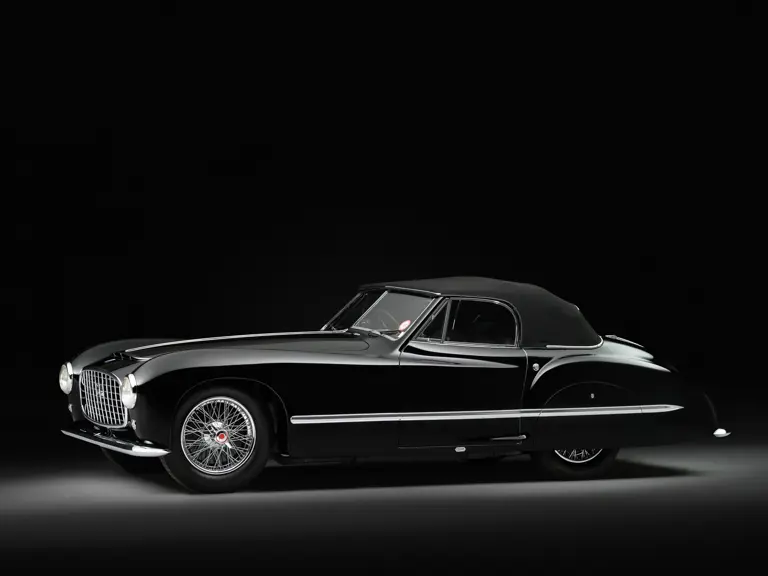
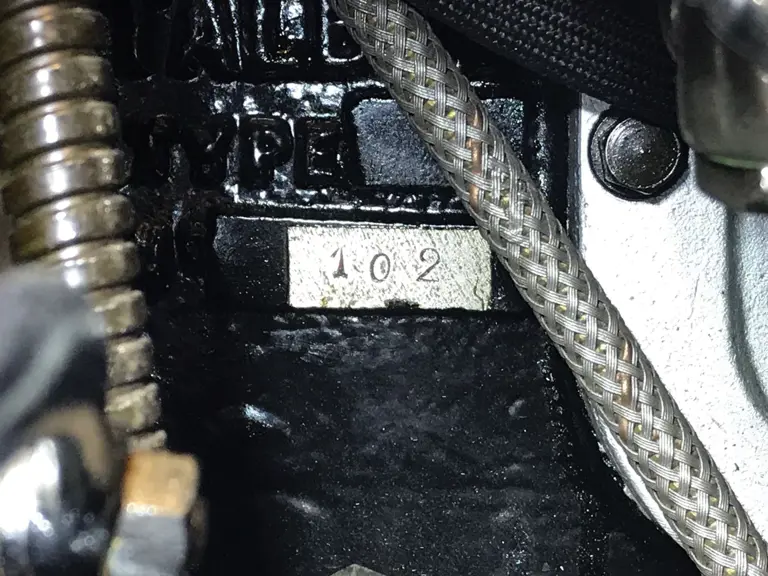
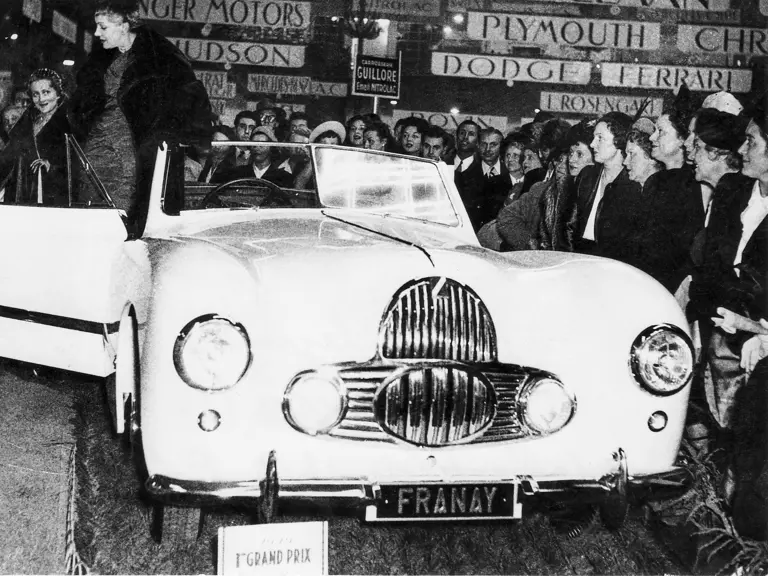

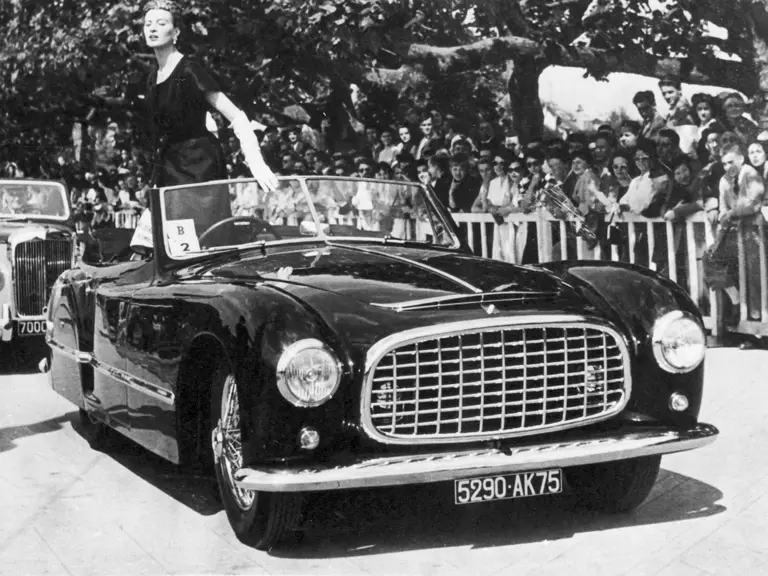
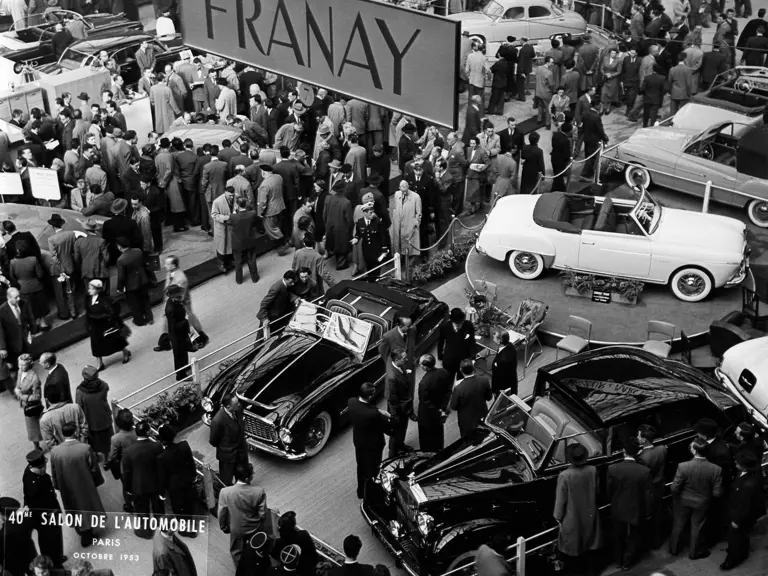
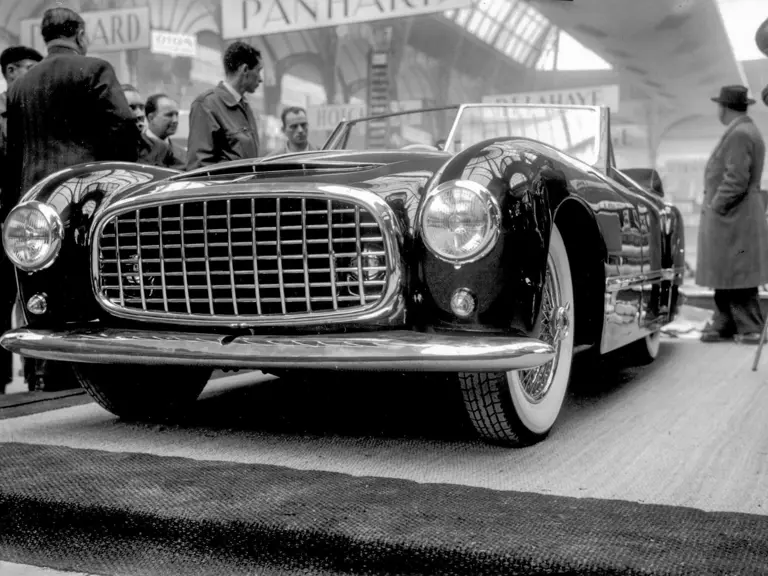
 | Cernobbio, Italy
| Cernobbio, Italy
